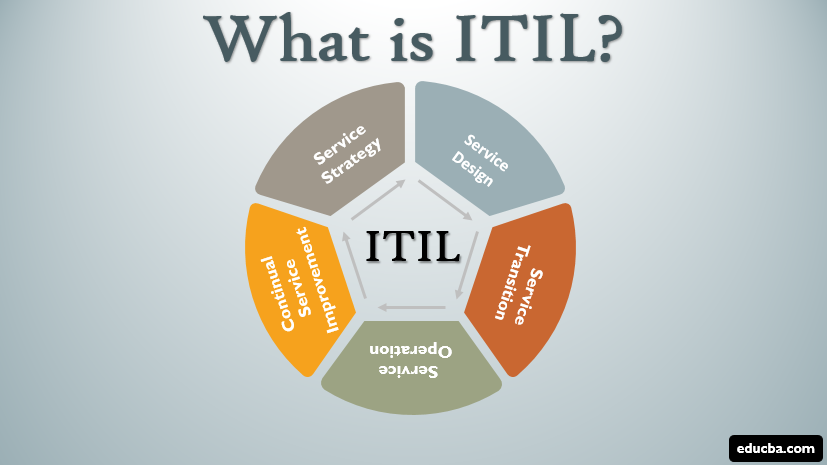
There are more than 20 metrics that you can report on, but these should get you started.
Key Performance Indicators (KPIs) and metrics are essential for measuring the effectiveness and efficiency of an IT service desk. By tracking these KPIs, organizations can identify areas for improvement and make informed decisions about resource allocation and process optimization. Here are some of the most common industry-standard KPIs and metrics for service desks:
- First Contact Resolution (FCR): The percentage of incidents resolved during the user’s first contact with the service desk. Higher FCR rates indicate that the service desk is effectively resolving issues without the need for additional follow-up.
- Mean Time to Resolution (MTTR): The average time it takes to resolve an incident from the moment it’s reported until it’s resolved. Lower MTTR values indicate that the service desk is resolving issues more quickly.
- Incident Volume: The total number of incidents reported to the service desk within a specific time period. This metric helps identify trends in incident volume and can inform resource allocation decisions.
- Customer Satisfaction (CSAT): A measure of how satisfied users are with the service desk’s support. This is typically measured through customer satisfaction surveys, with higher scores indicating better customer service.
- Service Level Agreement (SLA) Compliance: The percentage of incidents resolved within the agreed-upon SLA timeframes. Higher SLA compliance rates indicate that the service desk is meeting its performance commitments.
- Agent Utilization: The percentage of an agent’s work time spent on handling incidents, compared to idle or non-productive time. Higher agent utilization rates indicate more efficient use of service desk resources.
- Cost per Ticket: The total cost of service desk operations divided by the number of tickets resolved within a specific time period. Lower cost per ticket values indicate more cost-effective service desk operations.
- Average Speed of Answer (ASA): The average time it takes for a service desk agent to answer a user’s call or respond to a chat or email request. Faster ASA values indicate better responsiveness to user requests.
- Agent Turnover Rate: The percentage of service desk agents who leave the organization within a specific time period. High agent turnover rates can indicate issues with employee satisfaction, training, or workload management.
- Knowledge Base Usage: The percentage of incidents resolved using the organization’s knowledge base. Higher knowledge base usage rates indicate that the service desk is effectively leveraging its internal resources to resolve user issues.
- Ticket Escalation Rate: The percentage of incidents that require escalation to higher-level support teams for resolution. Lower escalation rates indicate that the service desk is effectively handling most issues without the need for additional assistance.
- First Level Resolution (FLR): The percentage of incidents resolved by the first level of support, without the need for escalation to higher-level teams. Higher FLR rates signify that the service desk is skilled at addressing issues at the initial point of contact.
- Incident Backlog: The total number of unresolved incidents at any given time. A consistently high incident backlog can indicate understaffing or inefficiencies in the service desk processes.
- Average Handle Time (AHT): The average time it takes for an agent to handle an incident from start to finish, including all actions taken and documentation. Lower AHT values suggest faster resolution times and more efficient service desk operations.
- Resolution Rate: The percentage of incidents that are resolved out of the total incidents reported. A higher resolution rate indicates that the service desk is effectively addressing and closing user issues.
- Reopened Tickets: The percentage of tickets that are reopened after being marked as resolved. A lower reopened ticket rate suggests that the service desk is effectively addressing issues on the first attempt, reducing the need for follow-up.
- Peak Hour Traffic: The time period with the highest volume of incident reports. Identifying peak hour traffic can help with resource allocation and staffing decisions.
- Ticket Response Time: The average time it takes for a service desk agent to respond to a user’s request or inquiry. Faster response times indicate better responsiveness and customer service.
- On-hold Time: The average time a user spends on hold before being connected to a service desk agent. Minimizing on-hold times can improve user satisfaction and reduce frustration.
- Self-Service Resolution Rate: The percentage of incidents resolved through self-service options, such as knowledge base articles or automated solutions. A higher self-service resolution rate indicates that users can effectively solve issues without directly contacting the service desk, reducing the overall workload.
By tracking these KPIs and metrics, organizations can gain valuable insights into the performance of their service desks, enabling them to identify areas for improvement and make data-driven decisions to optimize support operations.

